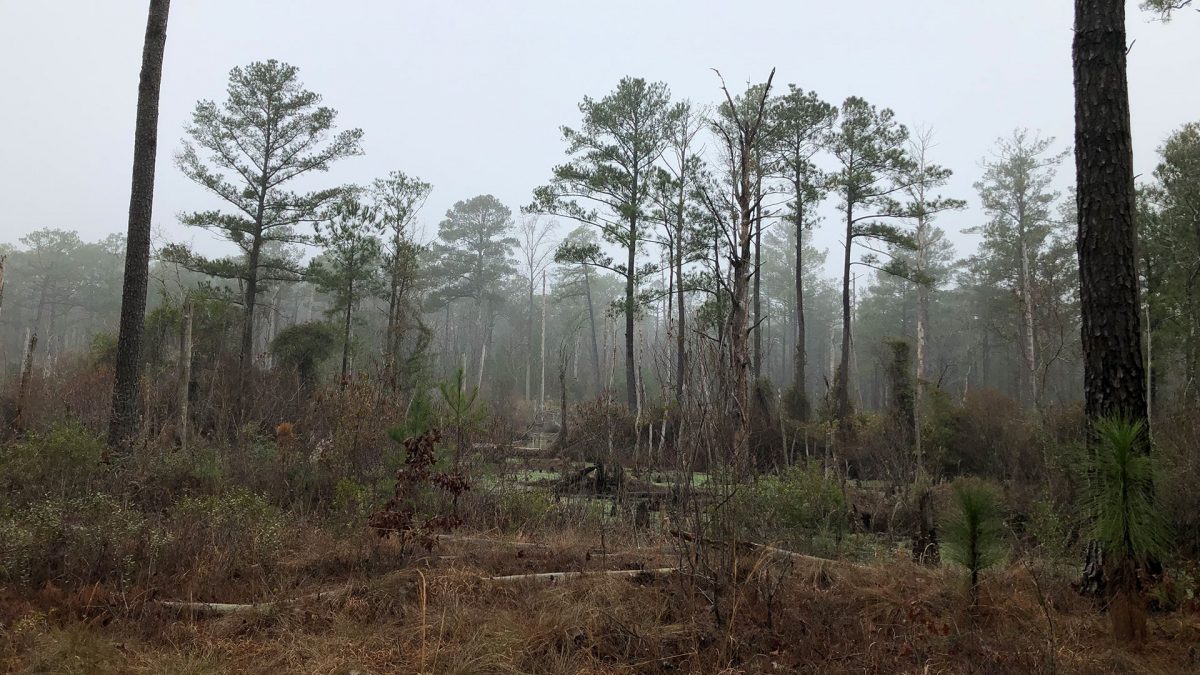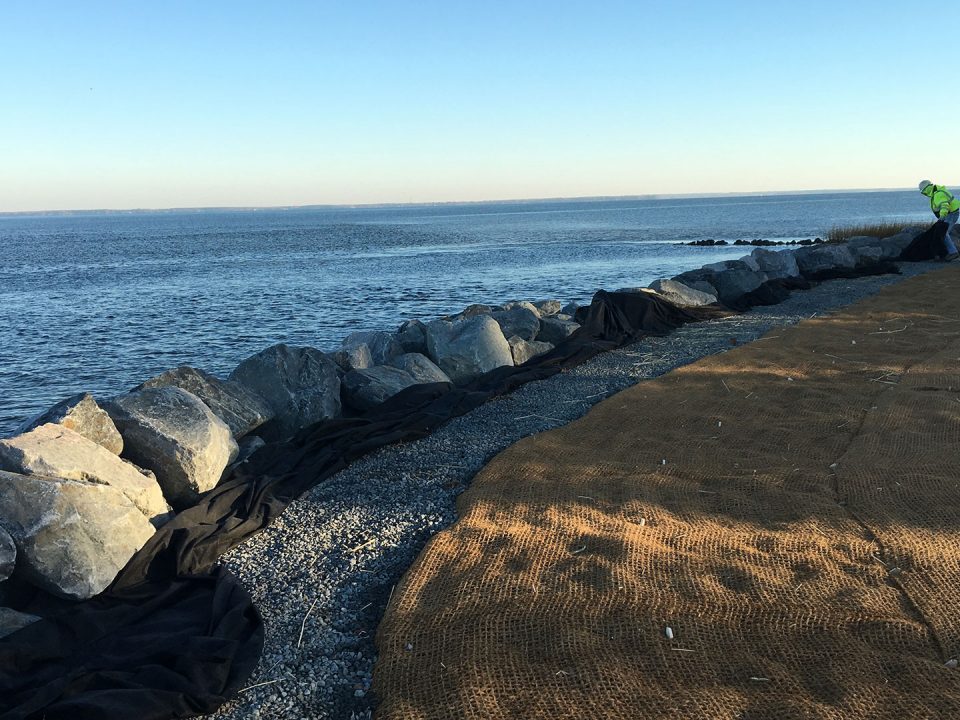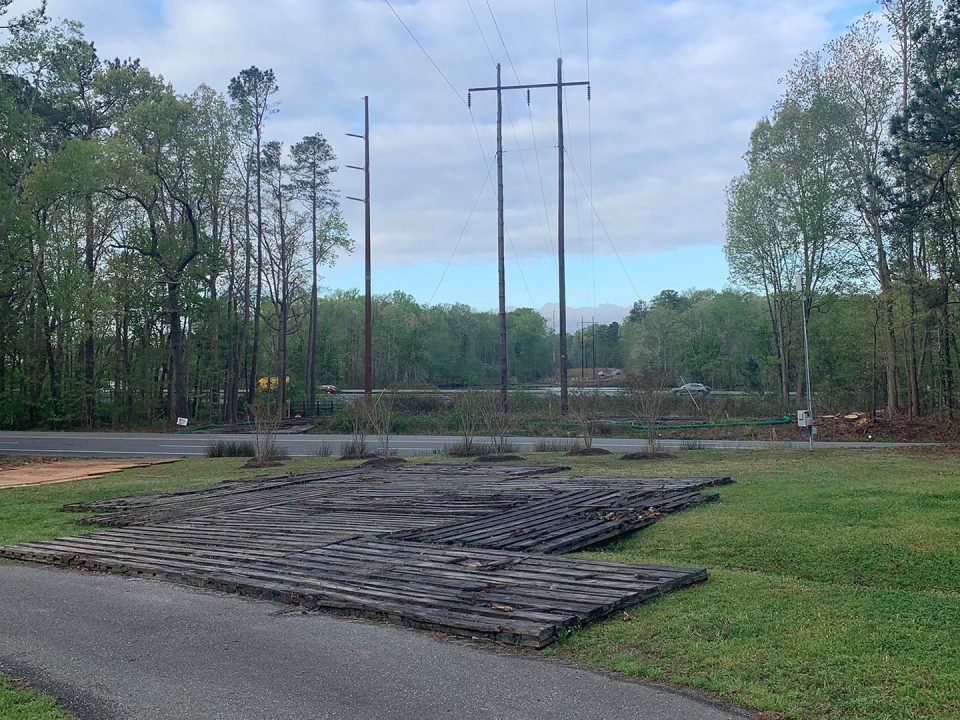The Beaver Creek project was an inventory, assessment, hydraulic and hydrologic analysis of approx. 4,000 acres of the Beaver Creek watershed located on Fort Bragg, North Carolina. The project was completed for the Savannah District of The U.S. Army Corps of Engineers, in coordination with CEMS Inc. and McKim and Creed Inc.. Tasks included the survey of 500 stormwater structures deemed hydraulically significant (inlets, junctions, and headwalls), 43 culverts, 290+ segments of stormwater conveyance piping, and modeling of 63,000 linear feet of natural stream channel.
Watershed response to a range of storm induced runoff events was modeled using the PCSWMM model to evaluate flooding and road overtopping as it relates to capability to respond and deploy efficiently during extreme storm events.
The Beaver Creek stormwater system is heavily influenced by multiple road crossings and watershed development which contributes to road overtopping and inlet/pipe surcharge, potentially affecting base circulation.
Project Role
BCE was responsible for site assessments, data management and analysis, hydrologic and hydraulic modelling, stormwater evaluation and watershed analysis. As project manager for the water resource engineering tasks, Mr. Blossom was responsible for analysis, oversight and engineering staff product as well as client meetings and coordination. Blossom Consulting and Engineering, Inc. (BCE) evaluated multiple road crossings and stream segments to identify potential stormwater and flood risk management solutions. The PCSWMM model was delivered in association with detailed structure assessments and detailed mapping of the entire 4,000-acre watershed, using a combination of survey and GIS data.
As a component of the project, BCE, in coordination with teaming partners and the USACE provided conceptual plans for base improvements, delivering strategies for resilient stormwater planning and floodplain management to mitigate risk, reduce road overtopping and improve base function.




